Scotch in an Age of Sobriety
With their mindfulness and mocktails those 'sober-curious' Gen Z and Millennials are drinking less while 'no-low' drinks are booming off a low base, or so we are told. Tom Bruce-Gardyne explores the impact on spirits, and the implications for Scotch …
According to Scott Galloway, professor of marketing at New York University "Western culture is undergoing a structural shift away from alcohol as entertainment, social lubricant, self-medicament, or ritual". And he has the data to back this up, particularly when it comes to Gen Z.
This, most studied of generations (born 1997-2012) is the biggest yet at around 2.5 billion people worldwide, but they are drinking a fifth less per capita than millennials did at the same age, who were in turn 20% down on the previous Gen X (born 1965-1980). Strip away all the economic factors like inflation and rising alcohol taxes, and there seems to be a clear, cultural trend going on.
How much this is impacting demand for spirits is not entirely clear. "What we're seeing from the younger generation is that they drink less in general, and they drink less often," I was told by a spokesman from one of the big distillers. "But, it's typically beer and wine. With spirits, even if volumes are slightly down, the occasions for drinking are the same, and interestingly, stronger than before. Where they used to drink one glass of spirits, they're now more likely to have two or three."
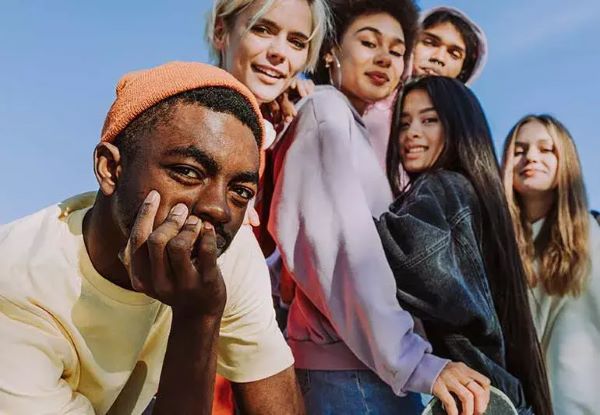
When asked about Gen Z at Diageo's CAGNY conference of consumer analysts in New York in February, CEO Debra Crew responded: "There is a stated preference for moderation. That being said, we are still seeing household penetration for that generation plus 3%. They are coming into spirits faster than what millennials did."
Traditionally, white spirits were there to greet each new generation as it reached the legal drinking age. Having been raised on Coke, these new consumers could be introduced to the delights of Bacardi and Coke, or something similar. The joys of Scotch whisky were for later – perhaps a decade or two down the track. Its somewhat older demographic endures, and maybe Gen Z will be a little less sober by the time it reaches its whisky-drinking prime.
Meanwhile, there is a whole new market to exploit as Crew explained at Diageo's interim results in February - "I would say Europe is really where we are seeing the most growth in non-alcohol spirits and beer. And so, we are taking advantage of that. That is actually part of our growth as well, is you have to think about the opportunities non-alc presents us."
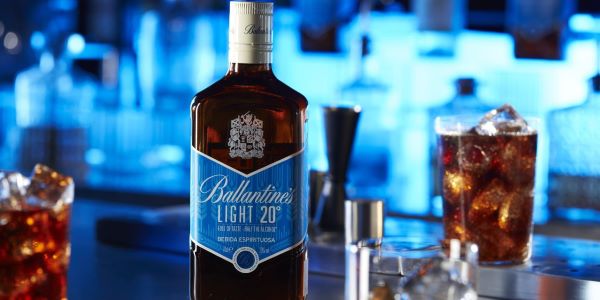
Scotch whisky brands have dipped a tentative toe in this new pool, by offering half-strength versions, technically known as 'spirit drinks'. In May 2019, Whyte & Mackay Light at 21.5% abv was launched in Tesco for £12, with plans to roll it out across the UK. At present it appears to be unavailable in the UK, though you can still buy it in Australia apparently.
In January 2020, Pernod Ricard followed suit with Ballantine's Light at a similar strength and price. Announcing the news, the Scottish trade magazine, Dram, explained that 'UK drinkers may have to wait a bit longer as at the moment it is exclusively for the Spanish market.' Four years on, they're still waiting.
Then in March 2020, Diageo gave us Haig Club Mediterranean Orange at 35% abv, which feels a little strong for our abstemious Gen Z, but did shave £1.15 per bottle in duty at current rates compared to the minimum 40% abv required for Scotch. Amazon had three bottles left when I last looked.
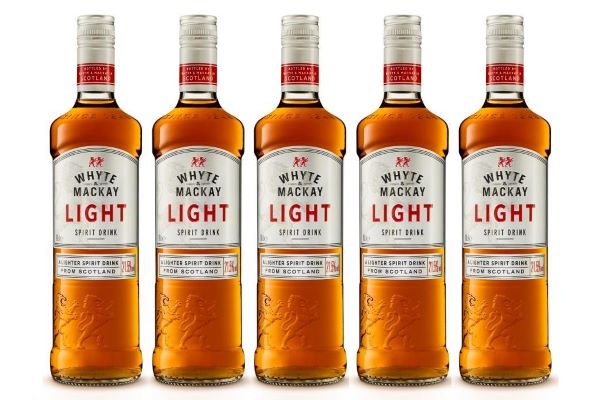
So far, no established Scotch whisky has gone the 0.0% route of 'gins' like Gordon's and Tanqueray, although there are new brands like Talonmore, a 'vegan whisky substitute', or Glen Dochus, a 'West Coast, alcohol-free whisky alternative' if you really want a sober dram.
For all this, the amount of whisky sold below strength is a drop in the ocean of Scotch and likely to remain so. The real non-alc opportunities mentioned by Debra Crew, concern beers like Guinness 0.0 which has proved a huge success.
As we've reported in 'Whisky News', there is a debate over whether the current downturn in spirits is cyclical or structural. The issue of young people drinking less is clearly structural, but the analyst Laurence Whyatt, head of European Beverages Research at Barclays, is unsure if it's really happening in the US, at least for legal-age drinkers.
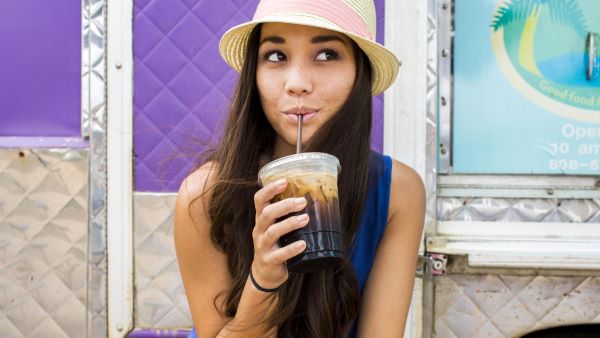
"People who are 18-21 are drinking less than they used to, but that's a five-decade trend. It's not something that suddenly happened," he told me. "I'm not seeing any real change in 21-30 year-old consumption." Whereas in Europe, he concedes: "most NHS type data on alcohol shows a decline in the younger generation."
However, Whyatt is less concerned with falling per capita consumption, than the big demographic changes in China and parts of Western Europe like Germany where long-term falling birthrates are shrinking the number of young, legal-age drinkers. For now, that feels worse for 'youthful' brands such as Bacardi and Smirnoff than for the likes of Ballantine's and Johnnie Walker.
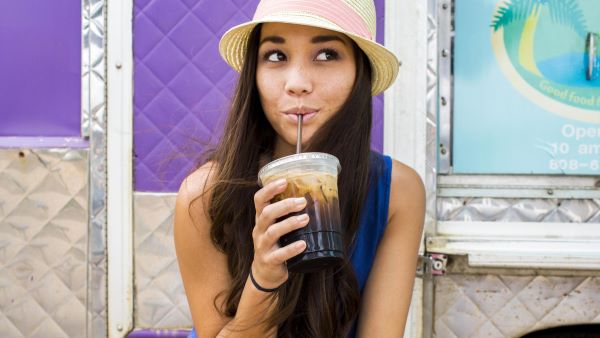
Award-winning drinks columnist and author Tom Bruce-Gardyne began his career in the wine trade, managing exports for a major Sicilian producer. Now freelance for 20 years, Tom has been a weekly columnist for The Herald and his books include The Scotch Whisky Book and most recently Scotch Whisky Treasures.
You can read more comment and analysis on the Scotch whisky industry by clicking on Whisky News.
